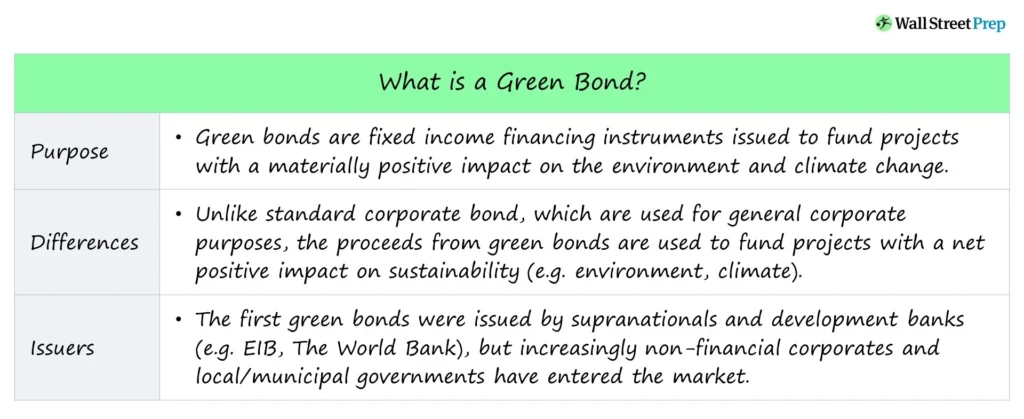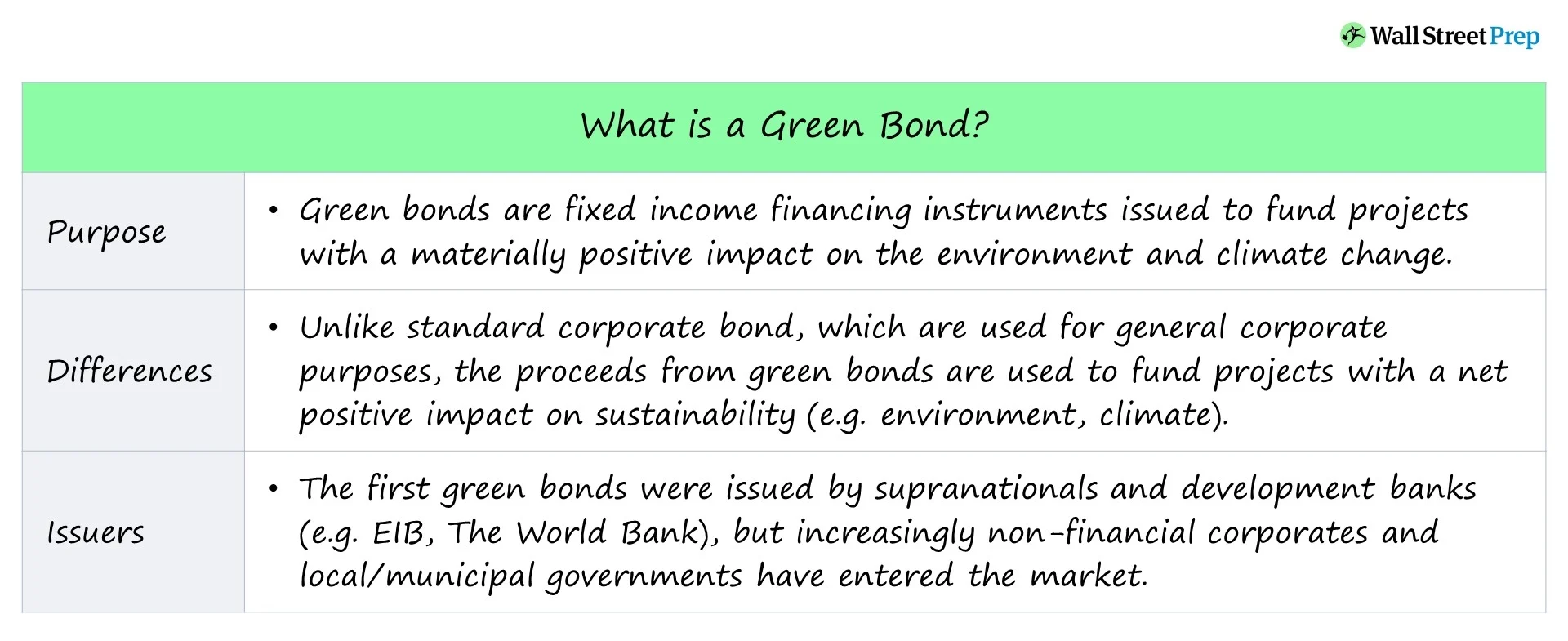Introduction
The United Arab Emirates (UAE) is rapidly emerging as a global leader in sustainable finance, driven by a surge in ESG-linked bonds. As climate change, social impact, and corporate governance issues dominate investment agendas worldwide, ESG-linked bonds have gained momentum, particularly in the UAE’s forward-looking financial ecosystem. These instruments are reshaping capital markets by tying financial outcomes to environmental, social, and governance (ESG) performance.
In the wake of COP28 hosted in Dubai, the UAE’s sustainable finance ambitions have intensified. By late 2023, UAE-based issuers had already raised over USD 10.7 billion in green and sustainability-linked bonds, accounting for nearly 45% of MENA’s total green bond issuance (Bloomberg). The Securities and Commodities Authority (SCA) reported AED 15.45 billion (approx. USD 4.2 billion) in ESG bond and sukuk issuances, a testament to the region’s aggressive green finance push (SCA).
What Are ESG-Linked Bonds?
ESG-linked bonds are debt instruments whose financial characteristics are tied to the issuer’s performance on predefined sustainability targets. Unlike green bonds, which earmark proceeds for specific environmental projects, ESG-linked bonds allow for general use of funds while holding issuers accountable for achieving ESG metrics.
These targets could include reducing carbon emissions, improving gender diversity in leadership, or enhancing supply chain transparency. If an issuer fails to meet the targets, financial penalties such as coupon step-ups are triggered. Conversely, success may lead to more favorable terms.
According to the International Capital Market Association (ICMA), ESG-linked bonds must follow key principles: selection of KPIs, calibration of sustainability performance targets (SPTs), bond characteristics, reporting, and verification.
UAE’s ESG Bond Market Landscape
The UAE has positioned itself at the center of the Middle East’s ESG finance movement. Several high-profile issuers, including government-related entities and private corporations, have accelerated the issuance of ESG-linked bonds and sukuk.
- Masdar issued a $750 million green bond in July 2023, oversubscribed five times. Proceeds are funding clean energy projects across the UAE, Europe, and Asia (Masdar).
- Emirates NBD launched a $500 million sustainability-linked bond in early 2024, with KPIs including reduced greenhouse gas emissions and improved gender representation (Emirates NBD).
- Etihad Rail unveiled a sustainable finance framework in August 2024 to back green infrastructure projects (Reuters).
- Emirates Islamic closed a $750 million green sukuk, reinforcing Islamic finance’s role in ESG investing.
Financial institutions like First Abu Dhabi Bank (FAB), Abu Dhabi Islamic Bank (ADIB), and Dubai Islamic Bank (DIB) are also structuring ESG-focused products, contributing to the maturity of the market.
Key Growth Drivers
1. Net Zero Commitment
The UAE’s commitment to achieving net-zero emissions by 2050 has catalyzed ESG investing. National strategies, including the UAE Green Agenda and the updated Nationally Determined Contributions (NDCs), align financial flows with environmental goals.
2. Regulatory Incentives
The SCA has waived listing fees for ESG bonds and introduced streamlined guidelines in alignment with international standards, making it easier for issuers to enter the market.
3. Investor Appetite
Global and regional investors are increasingly integrating ESG criteria into their portfolios. UAE ESG-linked bonds provide exposure to sustainable assets while offering attractive yields compared to mature markets.
4. Institutional Push
Government-linked entities like Mubadala and TAQA are aligning capital strategies with sustainability goals, acting as market anchors for ESG instruments.
Challenges and Limitations
Despite the impressive growth, challenges persist:
- Lack of Standardization: ESG disclosures and KPI selection vary widely across issuers.
- Greenwashing Risk: Without rigorous verification, some issuers may overstate sustainability claims.
- Data Deficiency: High-quality ESG data and ratings are limited in the regional market.
- Talent Gap: There’s a shortage of professionals skilled in ESG reporting, auditing, and analytics.
Outlook and Future Opportunities
1. Sovereign ESG Issuance
The UAE has yet to issue a sovereign ESG bond. Such a move could catalyze the market, set pricing benchmarks, and attract a new class of institutional investors.
2. Expansion into Social and Blue Bonds
Social bonds for affordable housing and SME support, and blue bonds for ocean conservation, are expected to emerge. These instruments align with the UAE’s broader sustainable development goals.
3. Technological Integration
AI and blockchain are being explored for ESG data verification and green asset tracking. This can enhance transparency and investor confidence.
4. Global Benchmarking
To fully realize its leadership, the UAE must benchmark its ESG bond frameworks against global leaders like the EU and China in terms of volume, transparency, and impact.
Conclusion
The rise of ESG-linked bonds in the UAE is more than a financial trend—it’s a structural shift in how capital is mobilized for sustainable development. With robust regulatory support, visionary corporate participation, and strong investor demand, the UAE is poised to lead the region in ESG innovation.
To maintain momentum, the market must address gaps in standardization, verification, and data. If done right, the UAE’s ESG bond revolution could become a global model for integrating profit with purpose.
#ESGlinkedbondsUAE, #sustainablefinanceUAE, #greensukuk, #EmiratesNBDESG, #Masdargreenbond, #UAEnetzero2050, #ESGinvestingMiddleEast, #sustainabilitybonds, #ICMAprinciples, #greenfinanceMENA.
References :
UAE’s green bonds and sukuk value surges over $4bn in 11 months | Arab News
UAE, Saudi Arabia to Lead $25 Billion Sustainable Bond Issuance in 2025 – Rasmal
Weekly ESG Update 21/2025 (19.05. – 25.05.) – Sustainable Finance Daily
UAE’s Etihad Rail launches sustainable finance framework | Reuters







2 Responses
Aw, this was a very nice post. In thought I want to put in writing like this additionally – taking time and precise effort to make an excellent article… however what can I say… I procrastinate alot and certainly not seem to get one thing done.
Great awesome issues here. I am very glad to look your post. Thank you so much and i’m looking forward to contact you. Will you please drop me a e-mail?